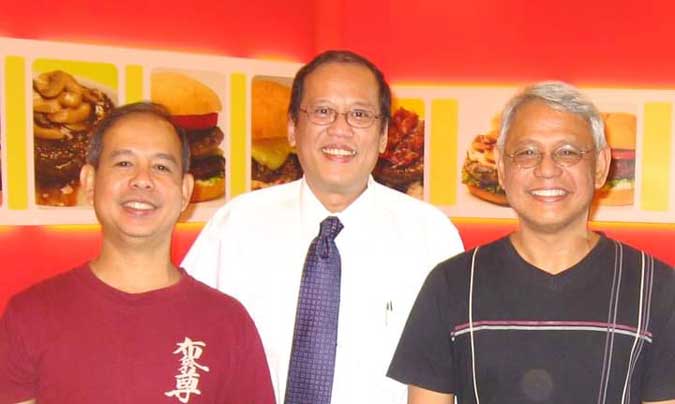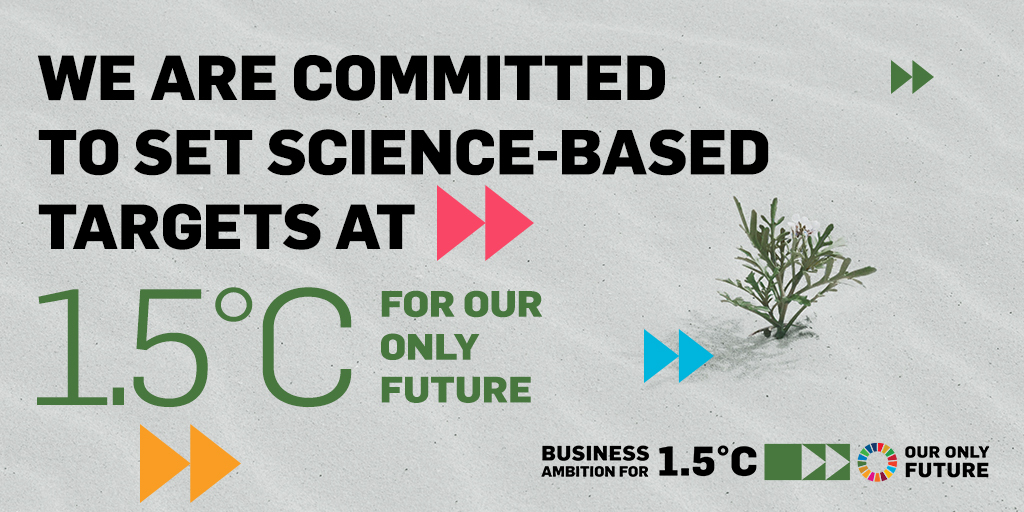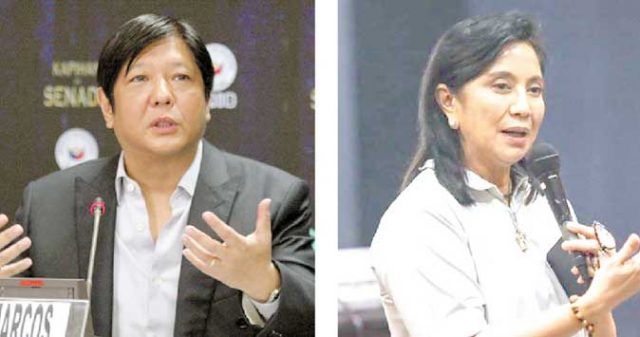Beyond his ninth day of death or the 40-day novena, beyond next year, beyond the change of an era, we need to tell and retell stories about PNoy.
Perhaps, some of us by this time may feel having received a surfeit of tributes to PNoy — as former President Benigno “Noynoy” S. C. Aquino III was called. But we need to be reminded of stories about courage, integrity, decency, assiduousness and competency, and love for country and the poor. We need these stories to inspire us. We also need these stories to occasionally prick our hearts whenever we as a society veer off course.
My colleagues at Action for Economic Reforms (AER) and I have shared our particular story about PNoy. AER has written our tribute to PNoy. We will always remember him for being the foremost champion of our advocacy on sin taxes. PNoy was the most decisive in the passage of a difficult but critical reform, the sin tax law of 2012.
That reform, which led to high tax rates on alcohol and especially tobacco, was sustained through the years. It led to further tax rate increases on sin products and significantly reduced smoking prevalence. But that was not its only significance. The 2012 sin tax legislation was the impetus to secure comprehensive tax reforms. PNoy and his administration created the conditions that broadened the fiscal space, earned creditworthiness for the country, financed universal healthcare, and sustained high growth. All this contributed to poverty reduction and improved the people’s wellbeing.
We do not forget either the other important actions during his term. These reforms include the law on reproductive health, the law on enhancing basic education (the K to 12 system), the framework agreement with Moro revolutionaries that led to the establishment of the Bangsamoro autonomous region, and the continuing consolidation of democracy that his mother Corazon Aquino instituted upon the fall of the dictatorship.
For many reasons then, we will continue the narrative about PNoy. He will continue to influence the present and the future.
On the other hand, it is uncomfortable to treat PNoy like a colossus or demi-god. He was one of us, even as he was our President and he treated the Filipinos his boss.
Being like us, we accept his weakness and frailties, including what others say about his hard-headedness, dourness, and emotional detachment. That he bared his faults and vulnerabilities made him a real person.
It is for this reason that I like the tribute (or was it the homily?), given by Fr. Jett Villarin, SJ. By divulging PNoy’s innermost thoughts, he showed to us the humanly authentic PNoy.
Fr. Jett shared with the public the thread of his text conversation with PNoy. After PNoy had his angiogram, (or probably after the angioplasty), Fr. Jett sent him a message to ask how he was doing. PNoy said: “The heart got enlarged because it was working so hard….”
To which Fr. Jett’s responded: Kaya pala stouthearted ka. Sige, now the heart can rest…. Pahinga ka pa at hayaan mong humilom ang puso. (“That’s why you are stouthearted. Now the heart can rest. Rest some more, and let the heart heal.”)
PNoy replied: Yoong isang klaseng broken heart hindi kaya dito. (“The other kind of broken heart cannot be operated here.”)
This heartbreak, as Fr. Jett interpreted it, could only by about the sad state of the country and our people. The Jesuit, also PNoy’s classmate and friend, mentioned the many times that PNoy suffered defeat. He disclosed PNoy’s hurt feelings towards the Church and the Jesuits, presumably on the issue of reproductive health. He also spoke about PNoy’s disappointments over the entire justice system, not only the Supreme Court, and the slow pace of the country’s development.
PNoy’s broken heart, said Fr. Jett, was likewise the people’s broken heart, further injured by today’s brazen violence.
But what was most striking from Fr. Jett’s sharing was the last message he received from PNoy. It was a message of hope but which needs deciphering.
Said PNoy: Sa grade school hamburger umasa at may pag-asa. (“Pin our hopes on the grade school hamburger, and there’s hope.”)
This remark stumped many. Fr. Jett reacted that the Ateneo grade school’s cafeteria is no longer serving hamburger, and the hamburger might be abundant in heaven. Even in heaven, said Fr. Jett, PNoy would still feel the broken heart that we Filipinos are suffering from.
A colleague from AER said that the part of the homily he didn’t understand was about the hamburger. He thought that Ateneo insiders would know. When my sister Norma asked her classmate Pinky, PNoy’s older sister, about the hamburger, Pinky echoed what my colleague said: the grade school hamburger is “an Ateneo thing,” and she would have to ask Noy’s classmate.
Some of us might be familiar with the American TV game show called Family Feud. In this game, two teams (or families) compete and attempt to have the most correct answers for a specific question. Assume that the question asked is: “What items do you associate with the Ateneo grade school?” A team or family consisting of Ateneo grade school alumni (especially from the baby boomer generation) would likely include as answer the hamburger, together with other answers like the chapel, the guardian angel statue, the rock garden, the auditorium, and the pergola.
Perhaps PNoy had long been craving for a hamburger, which the grade school cafeteria was known for. The grade school hamburger was a simple, decent, and affordable meal. It was good value for its price. It was the choice of many for their light meal during recess or before leaving school. In the 1960s, it cost 40 centavos, much cheaper than the prized burger at that time, the Tropical Hut hamburger.
Some say PNoy, who loved to eat meat, considered the hamburger his comfort food. A favorite of his was Big, Better Burger (BBB). He and his friends would have their appetite satisfied at the former BBB branch on Commonwealth Avenue. As told to me by founder Eric, it was the friend of PNoy who introduced him to BBB. They described BBB as pinakamasarap na burger sa balat ng lupa (“most delicious burger on the face of the earth”). For what it’s worth, BBB, like the grade school hamburger, is basic and affordable.
But how do we interpret PNoy’s putting hope in a hamburger, the Ateneo hamburger?
PNoy’s love for his alma mater was evident. He was an Atenean through and through, from grade school to college. His favorite fighting song was “Blue Eagle the King,” which was played during his funeral and during official events when he was the President. (But my sister and his sisters would point out that PNoy was “first a true yellow,” the school uniform, “in a pink school, Teresiana Kinder.”)
If the hamburger could represent Ateneo, then we could likewise relate it to Ateneo’s “being men (and women) for others.” That evokes pag-asa.
Apparently, PNoy had fond memories of his childhood. He had nostalgia for those days of juvenile innocence and exuberance; those days when classmates treated everyone as a “pal.” In that case, can it be that the hamburger during one’s childhood be associated with the youth as the hope of the future?
Whatever the interpretation is, the operative word is pag-asa. In this regard, while I was searching for an old article on the AER website, I stumbled on a column that I wrote more than 10 years ago. This was at a time that the electoral victory of Noy was still fresh. The column’s title is “Pag-asa” (May 10, 2010).
I quote the first paragraph:
It was a statement from a faceless cab driver — as told to me by my dear friend Fides — that perhaps captures the sentiments of poor Filipinos who like Noynoy Aquino. Said the driver: Ninakaw na sa atin ang lahat, at ang tanging natira sa akin ay ang pag-asa. Di ako papayag na ang pag-asa ay maagaw pa sa amin. Si Noynoy ang simbolo ng aming pag-asa. (“Everything has been stolen from us, and the only remaining thing left for me is hope. I will not allow hope to be seized from us. Noynoy is the symbol of our hope.”)
I wish Fides (and I) could meet again the taxi driver and offer him a hamburger — an offering of our never-ending pag-asa.
Filomeno S. Sta. Ana III coordinates the Action for Economic Reforms.
www.aer.ph












